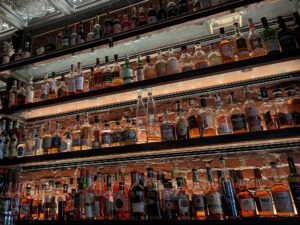
The Ultimate Guide to Spirits! + Popular Brands to Know
Explore essential spirits categories (vodka, gin, rum, tequila, whiskey, eau de vie, and cordials) and discover top producers shaping each style.
Welcome to the new Grape Grind website!
Celebrate with 10% OFF Guides! Code: GUIDES10
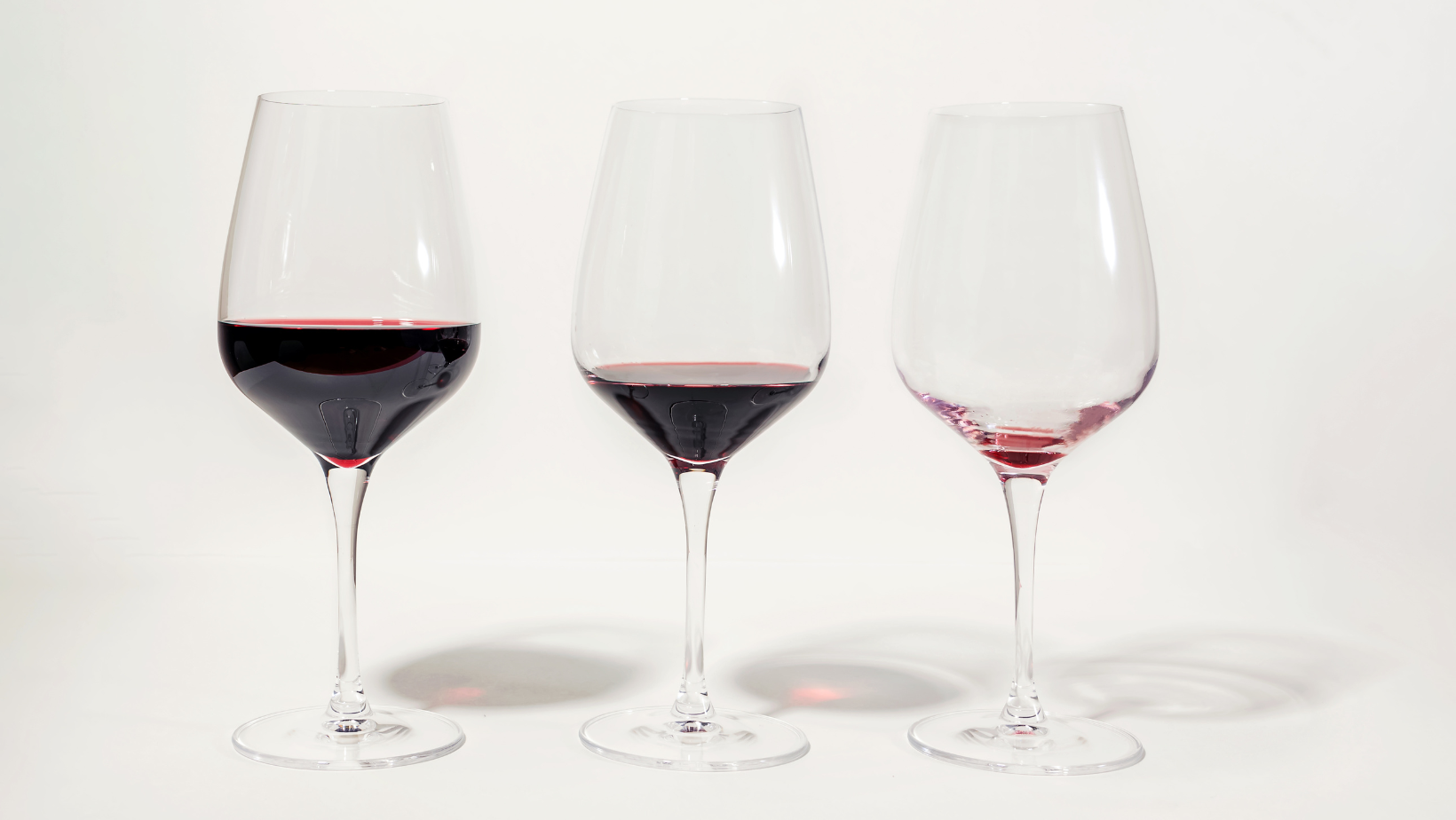
Anyone paying attention to the alcohol industry is aware of the growing rise in non-alcoholic and low-alcohol beverages. First, there was Dry January, then Sober October, and many are making the change to a permanent fixture in their routine.
So, what does that mean for the wine industry? After all, fewer young people are buying wine than ever before, and with large-scale wineries clambering for the top shelves at the grocery store, it would appear there’s no room for the little guys.
Maybe I’m an optimist, but I don’t think that’s true. I actually think this can be a good thing for the industry. Read on to see why!
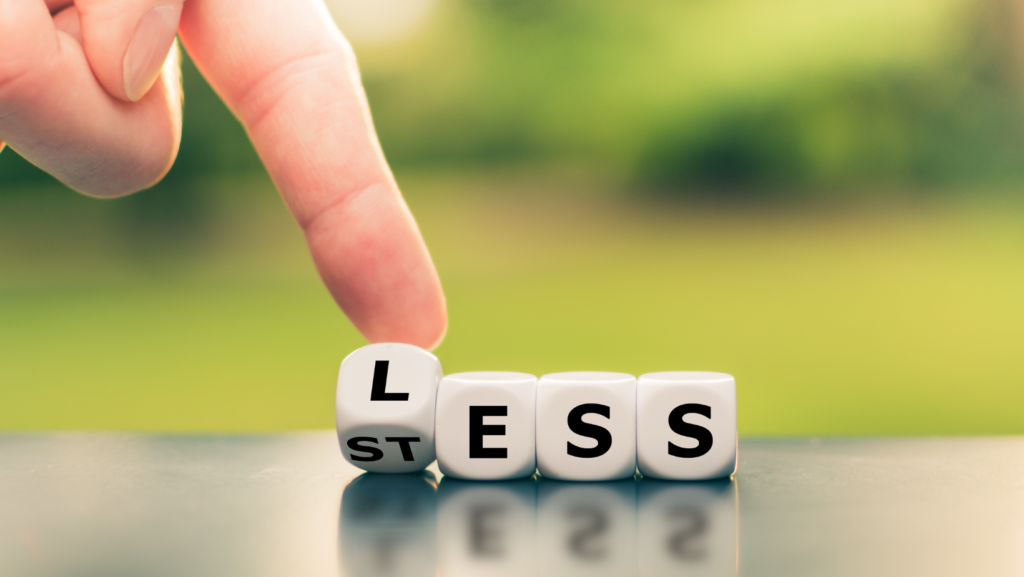
The non-alcoholic market has grown exponentially since the pandemic, perhaps as a course correction from the dramatic rise in drinking during lockdowns. This doesn’t mean people aren’t drinking. Rather, it means they’re being more intentional with their drinking.
According to this Forbes article, “Data indicates that 82% of non-alcoholic drinkers also consume alcohol,” suggesting that alcohol is losing its prominence as a go-to beverage, but it’s not going away entirely. After all, Germany has one of the largest no-alcohol markets in the world, and they’re still making plenty of beer.
As mentioned in Wine Industry Trends for 2024, people are simply being more picky about when, where, and what they’re drinking. This is especially true in the wine market, where quality is hard to hide, and non-alcoholic options just frankly don’t cut it–yet.
While the number of occasions we choose to drink may decline, the times we open a bottle will be more celebratory. They’ll be a chance to celebrate accomplishments or to savor with the perfect meal. These are precisely the times when wine lovers will seek out special bottles and, perhaps, try something new.
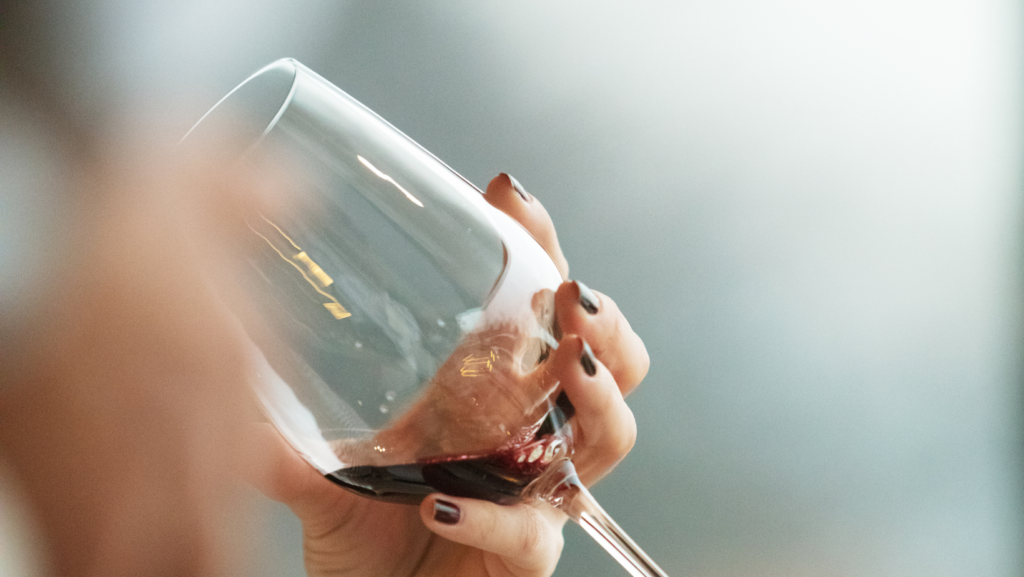
At the end of the day, a winery is a business. If its consumers crave something different, they’ll adapt. What started as a niche section of dusty O’Douls in the back corners of liquor stores has swiftly grown nationwide, and today, many microbreweries are making NA versions of their beers that taste as good as the real deal.
While I’d argue that non-alcoholic wine still lacks that “it” factor, I’m certain new innovations are around the corner. It’ll probably be the big-name wineries that nail it first, but mark my words, there will be a day when NA wine can fool even a sophisticated taster.
In the meantime, what can small-production wineries do to inspire mindful drinkers to indulge? I have some ideas.
Wineries can set themselves apart by including more information on their bottles, such as facts on the region, the grapes, and tasting notes. Essentially, pulling back the curtain and making wine accessible to novice drinkers.
Packaging wine that caters to a younger crowd and sets themselves apart from the “typical” wine label.
Making canned wines and split bottles makes it easier to drink a glass or two of wine without committing to purchasing an entire bottle.
Certain aromatic white and sparkling wines can easily be made at 8-12% ABV, lessening those dreadful hangovers.
According to The Week, visits to tasting rooms are also in steep decline. Wineries can hold events that draw in people who drink in moderation. Hosting group runs, meet-ups, and goat yoga (yes, that’s a thing) can be the nudge they need to indulge in a weekly glass of wine.
As someone who is currently practicing mindful drinking, I can attest to the massive lifestyle improvement. I sleep better, I have more energy, and I certainly save money. But that doesn’t mean I’ve bid adieu to my wine collection. Quite the contrary– I just opened a bottle of Rioja I’ve been patiently waiting for, and it’s so worth it.
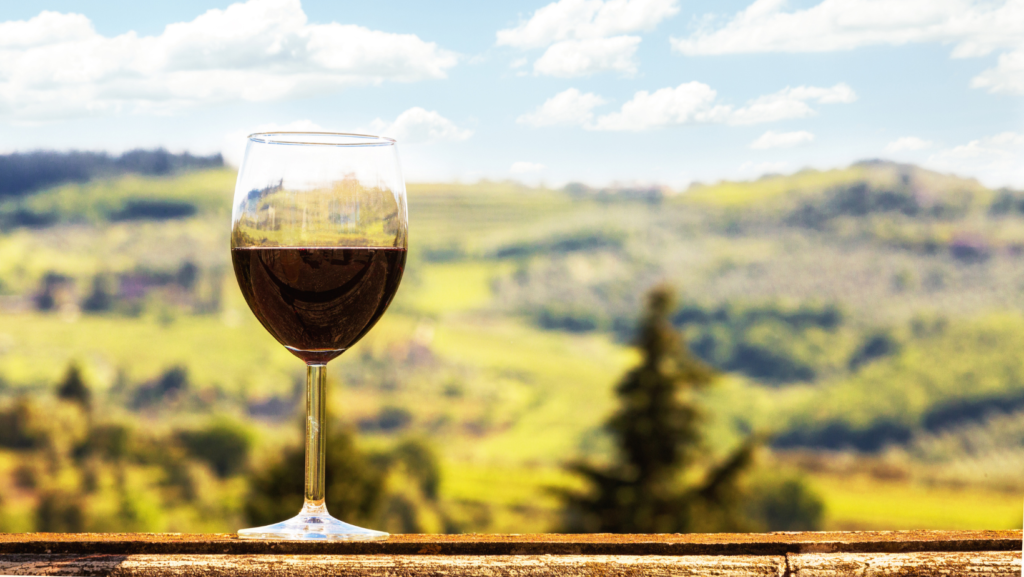


Explore essential spirits categories (vodka, gin, rum, tequila, whiskey, eau de vie, and cordials) and discover top producers shaping each style.
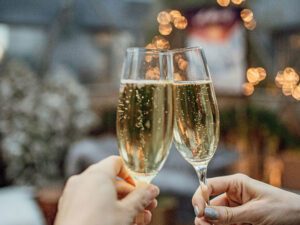
Explore the pros and cons of the coupe, flute, and tulip glasses—each shaping your sparkling wine experience differently in aroma, effervescence, and elegance.
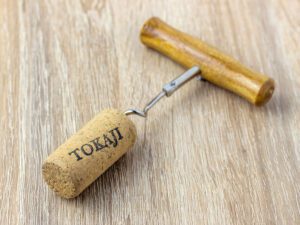
Explore Tokaji’s diverse wine styles, from the intensely sweet Eszencia and Aszú to the refreshing dry Furmint, each showcasing unique flavors and aging potential.
No matter your current skill level, we can help you improve – pass that exam, share your wine knowledge with others, guide your buyers, enhance your guests’ experience, and show up with confidence and credibility as a wine professional!
Want to get better at tasting wine?